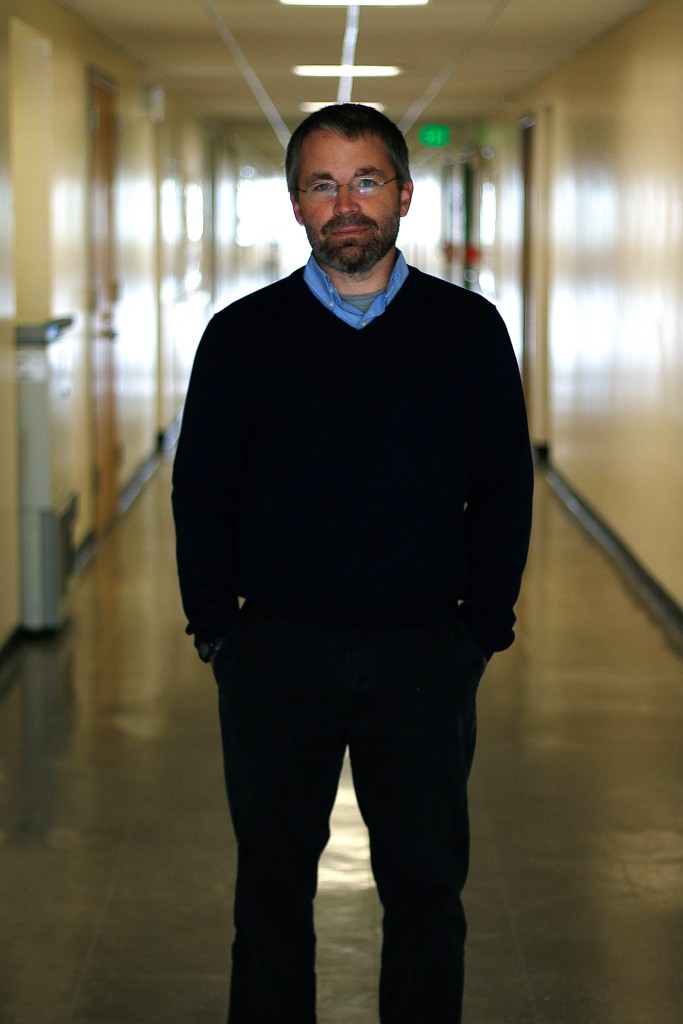
Dr. Brian Callahan, a biochemist and professor in the chemistry department at Binghamton University, is working on a new way to fight cancer.
Callahan and his team are studying the role that Hedgehog proteins, named for their spiky appearance, have in cancer development. According to Callahan, the Hedgehog protein was originally found in the fruit fly’s embryo stage. The protein was later discovered in many multi-cellular animals, including humans.
Although healthy during development, the Hedgehog protein usually tapers off as the organs are developed. But sometimes the protein can be activated in adults and cause reactions similar to those that occur during the embryonic stage. According to Callahan, this can promote the growth of cancer cells if it happens chronically.
“We’re trying to find small molecules that can block, what you can call a maturation reaction, where the inactive form of the Hedgehog becomes active,” Callahan said.
Specifically, Callahan and his team are studying the role of the corrupted production of the Hedgehog protein in prostate cancer. They do this by testing various molecules in an attempt to block the protein’s biosynthesis, which would reduce the risk of Hedgehog-protein-related cancers.
With thousands of small molecules to look through, Callahan has developed a testing method that allows his team to screen many at one time. His lab has partnered up with the University of California San Francisco, which has a collection of thousands of small drug-like molecules.
“It’s like trying to find a needle in the haystack,” Callahan said. “You really need robust, rapid test to find these inhibitors. So that’s what we’ve developed.”
Callahan said he is hopeful that at least one of these molecules will be the key in deactivating the Hedgehog protein.
“The goal right now is to try and find compounds that can ultimately be transferred into a cancer therapy,” he said. “We’re in the early stages now, but I’m pretty excited.”
Timothy Owen, a fourth-year biochemistry graduate student on Callahan’s team, said the Hedgehog protein’s unstable nature makes it very difficult to work with and the process can become laborious.
“This protein in particular has not been studied to the full extent it should have been,” Owen said. “It’s difficult to work with; people don’t want to put in the time and effort to do such things.”
If Callahan finds success in his research, the next step is animal testing. He plans to potentially plant prostate tumors inside of mice to test the ability of the compounds discovered to cause tumor regressions. If the animal testing is successful, he can then move on to drug development.
But for now, Callahan said he is focusing on his screening methods and getting more funding in the hopes that his work not only plays a role in someday curing diseases like prostate cancer, but also inspires students to go into biochemistry and raise BU’s reputation as a research institution.
“There’s a lot of cancer research at this University. On one level it provides an opportunity for graduates and undergraduates to train and learn about biochemistry,” Callahan said. “But for Binghamton in particular, raising its profile as research institution, moving science from the bench top to the bedside, I think would be a huge win for the University.”


